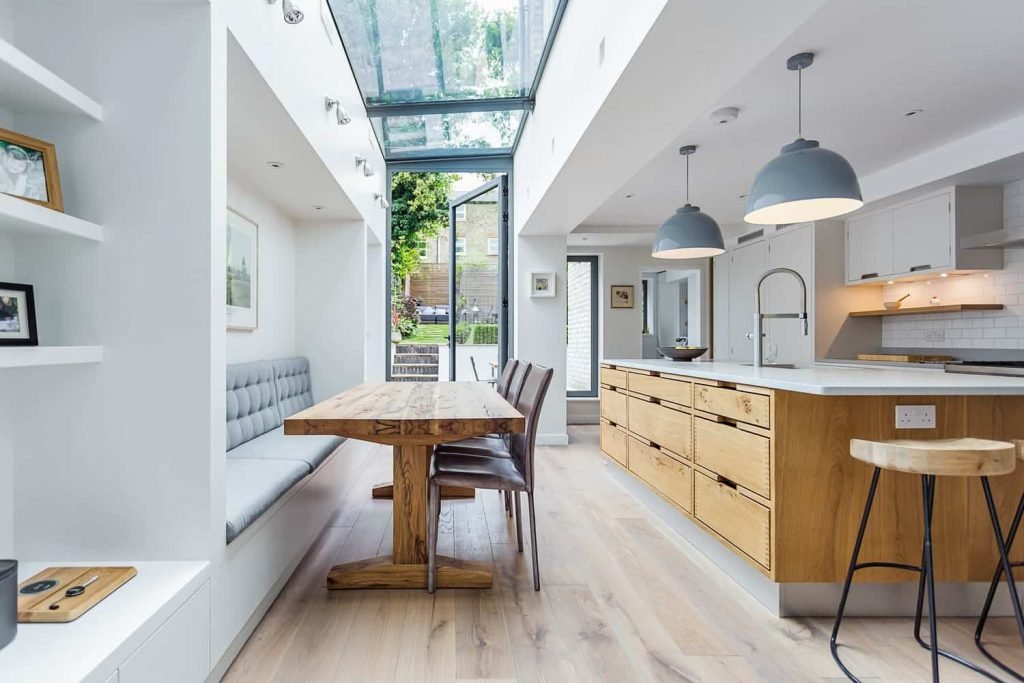Are you planning to design a conservatory but don’t know where to start? You will find a number of experts around you with brilliant ideas on what you should do and shouldn’t do. But take a second and think for a bit about whether you are designing the sunroom to suit your comfort and needs or are you willing to compromise on that?
Often people get confused and are sometimes misguided over the design, meaning they end up with a conservatory that actually does not serve the purpose for which it was designed. So, to save you from this repentant moment, here are some basics before you set the building process in motion.
#1. Calculate the space
The best way to go for a right orangery/conservatory is to prepare a well-planned list of the furniture and other items according to the space of the room. So first of all, take a note of your needs – the direction you want your couch to face in order to get maximum sunlight or if you want the dining table accompanying the couch in the room to enjoy breakfast with the sunrays playing around. If yes, then decide the appropriate spot where the articles of the furniture would be positioned according to their size and the overall area you have.
There are plenty of ideas to make more space in your sun room – for example you can shift windows and doors on the house, and can also shift boiler, deck, sheds, rockery or pipe work. With more space in the room, you can spend more time under the bright sunshine.
#2. Lighting shouldn’t be affected
Having a new room shouldn’t cost you the natural light that you receive in your home. So design the conservatory in such a manner that it doesn’t obstruct the lighting of your home in any way. If your home already lacks lighting in terms of large windows and doors, then adding a sunroom in its way can subtract the source of fresh air and the beautiful look of the outside world.
So check all the directions carefully and figure out which windows can be moved that would not affect the lighting too much and would also play a better role in the conservatory.
#3. Moving doors
While positioning the doors, you need to be quite practical. Select the space which can’t be used for seating and also has an easy access towards the outside space. Make sure that the door has significant distance from the radiator so that it would not let the heat travel out of the room and help keep it warm in absence of sunshine.
The spot with exceptionally beautiful sight of the outer space like the garden or the street should not be obstructed because of doors; instead it can be used for seating or even dining.
#4. Don’t neglect your house
You must be feeling very excited that you are going to have a conservatory of your own, right? But in this excitement don’t forget your house that is more important. In designing the conservatory, a considerable portion of your home is going to be affected. All the basic structure like wall, windows, doors are going to be change. And also, there would be a significant change in some part of the garden and stairs. So, think logically and be practical!
If you have home that is not too extravagant, then design the conservatory in such a way that it balances with the tone of the earlier design; do not make it look too different from the rest of the home. You may also need to consider redesigning your deck, patio and rocker, so before you start planning make sure that every change you make goes with the remaining part of the house.
By sharing the basics of designing a conservatory, we have tried to help you design a conservatory that is absolutely perfect for you whilst ticking all the boxes.
